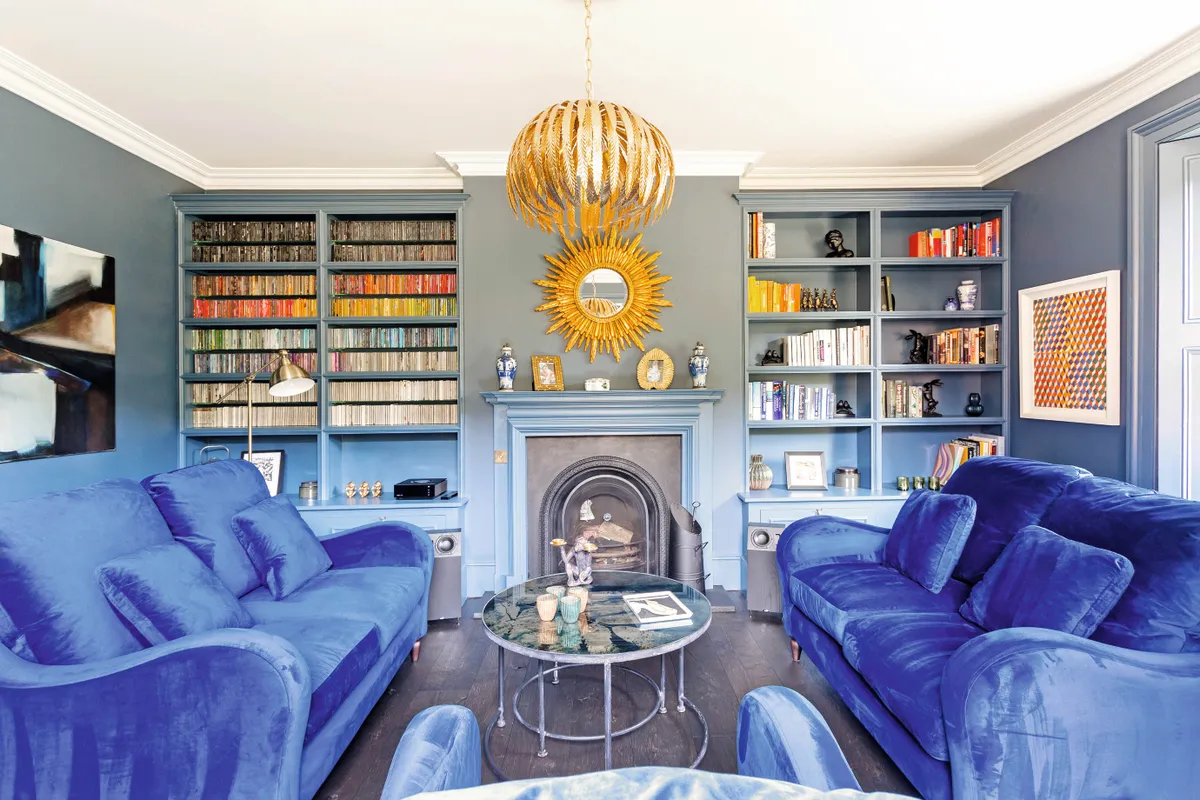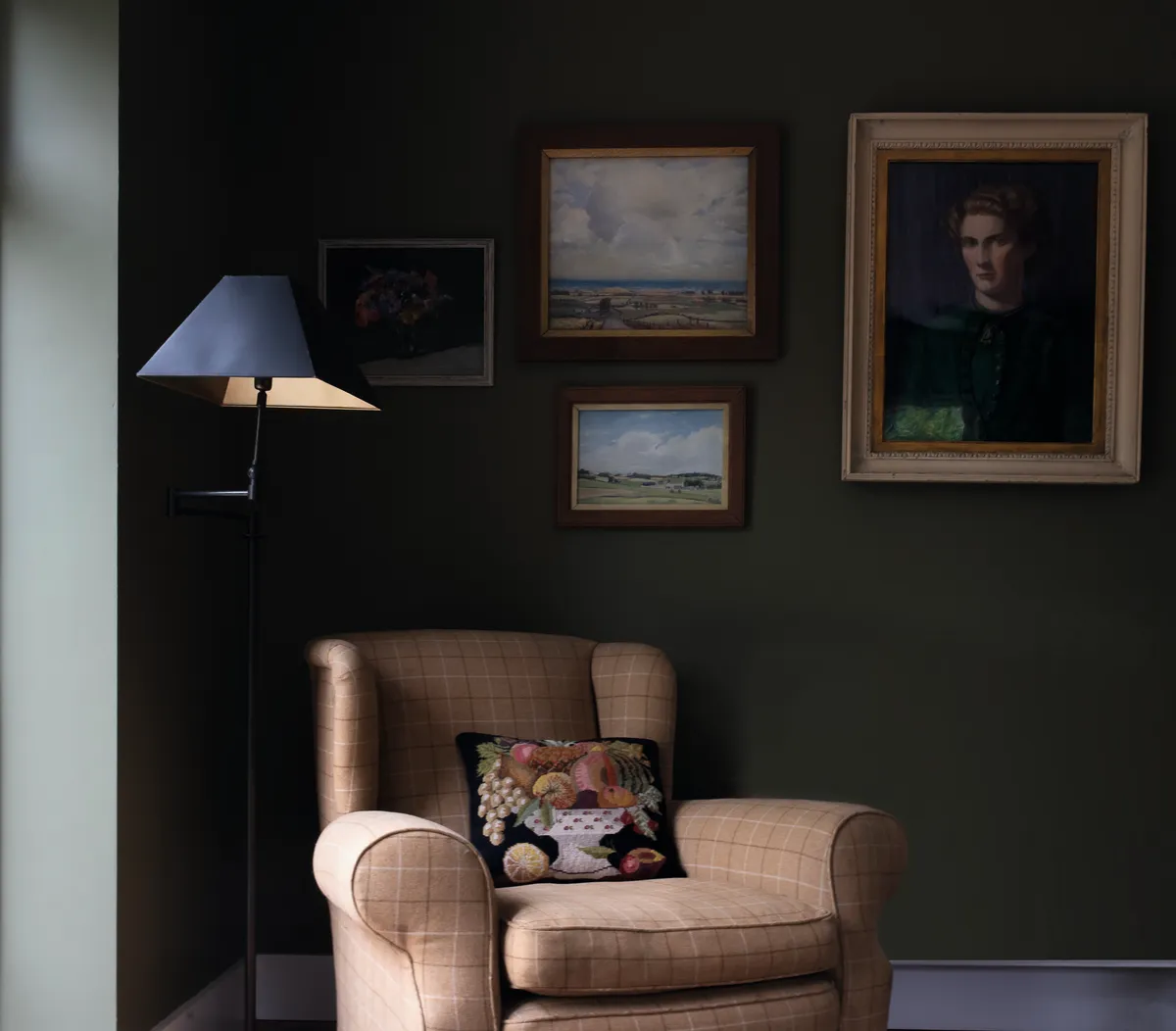Many buyers long for a listed home as they look so attractive with their original features such as wooden beams, open fireplaces and stone mullion windows – it’s easy to see why so many of us fall in love at first sight. Every listed property is also unique, which appeals to those who don’t fancy a new-build home.
Whether you’re lucky enough to already live in a listed property or you dream of finding your perfect heritage home, you'll probably know listed buildings aren’t straightforward when it comes to decorating and DIY. To ensure they don't lose any of their significance, alterations to historic properties are governed by rules and regulations that can turn even simple jobs into a headache.
Before you get started, you need to know the dos and don’ts of renovating and restoring a listed property to ensure you don’t fall foul of the local planning office.
Read on for a step-by-step guide to planning renovations on a listed property without falling afoul of restrictions and regulations:
How to decorate a listed home
Find out what restrictions apply to your listed home
A listed status protects the building’s historical and architectural importance from damage and inappropriate alterations. There are three types of listed status for buildings in England and Wales: Grade I, Grade II* and Grade II (which make up 92% of all listed buildings).
If you own one, it’s vital to know the difference in terms of what you can and can’t do to them. That said, it’s best to assume that no part of the building is exempt, as every property will be assessed individually.
If you own a Grade I or Grade II* listing, be sure to speak to the local planning authority and the statutory heritage body, Historic England, before applying for consent, as they can offer you initial advice for any works.
Unauthorised changes can be subject to criminal prosecution so, when in doubt, contact your local council conservation officer. Homes in Conservation Areas may also be subject to restrictions so, again, speak with a conservation officer before starting works.

Check what you can do
According to Historic England, you need to apply for listed building consent for any work that involves altering, extending or demolishing your home where it affects its special architectural or historic interest.
You’re more likely to have like-for-like changes approved, for instance replacing old sash windows with newer ones rather than modern uPVC examples. Many changes will need prior consent and sometimes, planning permission.
Any fixed items are likely to be affected – while you may be able to change the kitchen or bathroom without consent (but do check first), period features like original floor tiles and fireplaces should be retained.
If your home's current decorative finishes are clearly recent, you should be able to repaint and re-hang wallpaper, but removing paint and other finishes to reveal original materials beneath is likely to need consent.
As a general rule, it’s all about retaining rather than replacing, preserving rather than renovating and repairing with like for like.
Apply for consent
Even if you're confident your changes will not affect your home's historic significance, always apply for listed buildings consent before starting work - retrospective applications can be rejected and the work would need to be undone, which can be costly and time-consuming.
Applications can be submitted online or by post and you can find the relevant forms on your local planning authority’s website or at the Government’s Planning Portal, which is also a treasure trove of information.
You should know the result in around eight weeks from application and if your plans are refused, you have six months to appeal the decision.

Seek out specialists
For larger jobs that need professional help such as windows, doors and roofs, it’s worth asking your local planning department if they can recommend any specialist fitters or companies nearby. The aim is to preserve the original style, so it’s usually a case of repair rather than replace and of using similar materials and products.
Having the right team can not only save you money but, as they will also be familiar with all the rules and regulations as well as any potential problems, they could save you time, too. Look for professionals who use conservation accreditation and certification schemes.
Consider the benefits of working with a qualified architect, chartered building surveyor, quantity surveyor, structural engineer or conservator, who will have the specific knowledge, skills and experience for the job.
See if you are entitled to financial assistance
As the proud owner of an important piece of history, you may be entitled to a grant for any repairs or alterations from your local authority. Contact them directly to see whether they are currently offering any funding. You could also try The Heritage Lottery Fund and Historic England.
If you’ve yet to purchase your listed property, the best thing you can do is to take into account the potential cost of any renovation work and negotiate the purchase price accordingly. This way you won’t be stuck with a dilapidated old house that you can’t afford to maintain.

Aim to be authentic
Now you've checked the building regulations, secured consent for your work and found the right specialists to carry it out, it's time to get started!
If you’re willing to put the effort in, there are plenty of ways you can re-create a truly authentic home. For any repairs, seek out joiners or tradespeople who have experience in dealing with listed building projects or specialists in restoring or repairing historic interiors.
Visit auction houses and architectural salvage yards or their websites for original period items such as doors, knockers, handles, sinks and taps, light fittings and furniture. You can always give freestanding furniture a modern update with chalk paint - see our ultimate guide.
Period paint palettes can also be used to evoke a certain time and place. Try and find old photographs of your home or replicate the style of any similar neighbouring listed properties to authentically re-create the original look.
Feature Hayley Gilbert
